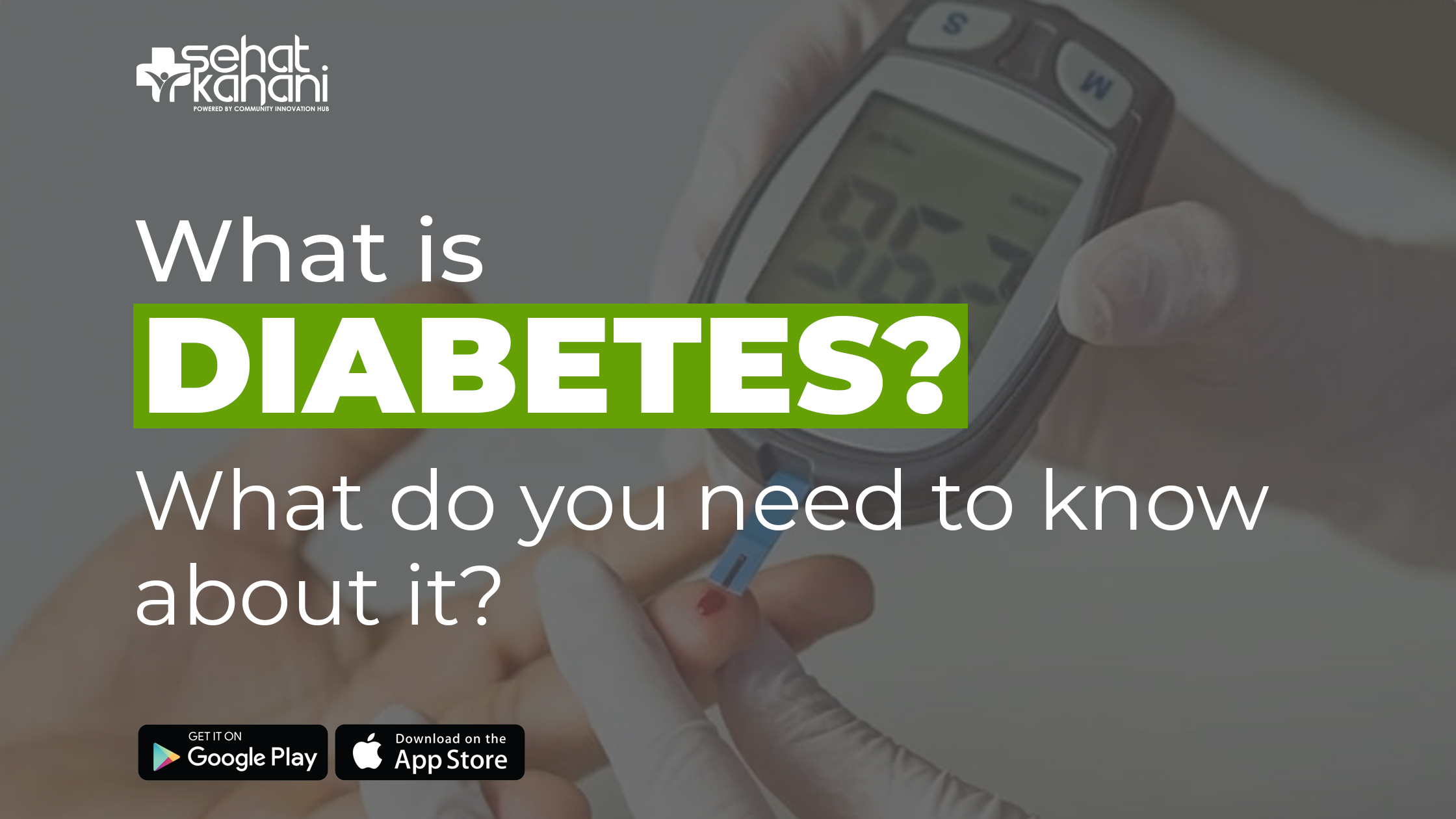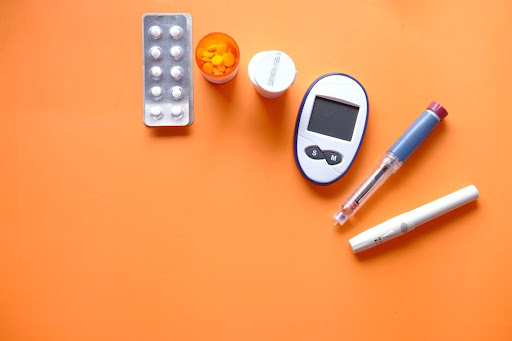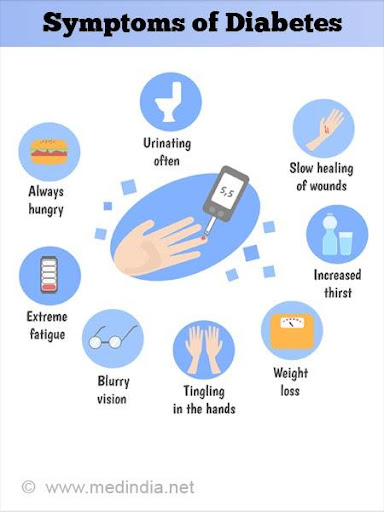
Introduction
Diabetes mellitus, commonly called “sugar” by the locals of South Asia, is a very commonly occurring disease all around the globe. Almost everyone is somewhat familiar with diabetes due to its increased prevalence. Statistics show that around 463 million adults worldwide have this endocrine condition. India tops the list of diabetes prevalence around the globe followed by China and Pakistan. With the modern lifestyle, the prevalence of diabetes is, unfortunately, increasing by the day. Studies show that the prevalence of diabetes in Pakistan has increased from 11.77% to 26.7% in the past 5 years.
Considering this alarming increase in the onset of diabetes, it is important to spread authentic and up-to-date information about this condition to the masses so that they can control its prevalence and manage it with efficacy.
What is diabetes?
Diabetes is a chronic (long-termed) endocrine disorder that mainly affects how our body turns food into utilizable energy.
When you consume food, your body breaks it down into simpler sugars which diffuse into the bloodstream. Elevated levels of blood sugar signal the pancreas to release insulin. Insulin is an endocrine hormone that is responsible for the utilization of sugars in the body. When released during increased levels of sugars in the blood, it signals the cells of the body to intake this sugar and utilize it for energy.
Diabetes is the condition in which the body either fails to make enough insulin or is unable to utilize the produced insulin resulting in elevated levels of sugars in the blood. These increased blood sugar levels damage various parts of the body leading to serious health problems including heart, kidney, and eye disorders.
Being a chronic health problem, diabetes requires long termed management which is accomplished by oral medications, insulin, dietary restriction, and overall lifestyle changes.

Types of diabetes
Diabetes can be categorized into three different types; type I, type II, and gestational diabetes.
Type I diabetes
In type I diabetes, the body is either incapable of making insulin or is not making enough insulin for optimal functionality. Since insulin aids in the uptake of sugars into the cells from the blood to create energy, low levels or absence of insulin prevents sugars from entering the blood causing increased levels of blood sugar.
Type I diabetes was previously known as insulin-dependent or juvenile diabetes. Young adults, teens, and children are more vulnerable to type I diabetes, however, it can occur in individuals of all ages.
Type II diabetes
In type II diabetes, the insulin levels are normal but the cells of the body are unable to utilize that insulin which elevates the levels of sugar in blood. Increased blood sugar levels can harm various organs of the body leading to immune, cardiovascular, and neurological disorders.
For a long period, type I diabetes was believed to start during childhood whereas type II diabetes used to be classified as adult-onset diabetes. However, type II may also occur in children with obesity. Unfortunately, there is no cure for type 2 diabetes, you can manage the condition by decreasing weight, eating mindfully and healthily, and incorporating physical activity into your everyday routine.
Gestational diabetes
This is the type of diabetes that is developed in women during pregnancy which was not already there before getting pregnant. The condition usually disappears after giving birth as well. When your body can’t create enough insulin to meet the additional requirements of the body while you’re pregnant, you get gestational diabetes. Women are more vulnerable to this condition during the second or third trimester, however, it can happen at any stage of pregnancy.
Like any other diabetes, increased levels of blood sugar can harm the body, and in the case of gestational diabetes, it can harm the growing baby and cause health problems for it during pregnancy and even after birth. With early diagnosis and sound management, health risks to both the mother and the baby can be reduced.
Signs and symptoms of diabetes
Following are the typical signs which represent the onset of diabetes;
- Increased urination
- Increased thirst
- Poor healing of wounds and sores
- Increased urination at night
- Unexplained weight loss
- Increased appetite
- Poor vision
- Dry skin
- The increased onset of infections
- Numbness and tingling of feet and hands
- Increased fatigue
Upon diagnosis of diabetes, the signs can be further analyzed to understand which type of diabetes the individual is having. Following are the symptoms of type I, type II, and gestational diabetes.
Symptoms of Type I diabetes
Other than the usual symptoms of diabetes, patients having type I diabetes may experience the following symptoms;
- Irritability
- Mood changes
- Bed-wetting
- Nausea
- Vomiting
- Stomach pains
Symptoms of Type II diabetes
It can take years for type 2 diabetes symptoms to appear. Some people seldom ever experience any symptoms. Although type 2 diabetes increasingly affects kids and teenagers, it typically develops in adults. Knowing the risk factors for type 2 diabetes is crucial because the symptoms are subtle. If you notice any symptoms of type II diabetes, don’t delay and book an appointment at your earliest convenience.
Symptoms of gestational diabetes
Gestational diabetes typically has no symptoms. The ideal time for the diagnosis of gestational diabetes is between 24 and 28 weeks of pregnancy. During this duration, the doctor should recommend appropriate tests for timely diagnosis. If necessary, you can make adjustments to safeguard your well-being and that of your child.
Causes of diabetes
There are a variety of factors that triggers the onset of diabetes in individuals. The most common factors causing diabetes are genetic mutations, hormonal diseases like hyperthyroidism, acromegaly, and Cushing syndrome, and the use of certain medicines. Since the pancreas is responsible for the formation of insulin, removal of the pancreas due to pancreatic cancer, pancreatitis, or trauma can also cause diabetes.
For better understanding, the causes of each type of diabetes are explained separately below;
Causes of type I diabetes
When your immune system kills the insulin-producing beta cells of your pancreas, type 1 diabetes develops. According to scientists, type I diabetes may be brought on by environmental triggers including infections and genetic predispositions.
Causes of type II diabetes
There are many reasons behind the development of type II diabetes. Having a poor and sedentary lifestyle decreases the sensitivity of cells to insulin causing type II diabetes. Obesity is also a leading cause of type II diabetes. Insulin resistance, a disease in which muscle, liver, and fat cells do not utilize insulin properly, is typically the first sign of type 2 diabetes. Genes and ethnicity also play a role in causing type II diabetes as certain genes make people more prone to obesity increasing their odds of developing type II diabetes.
Causes of gestational diabetes
Genetics and lifestyle factors cause gestational diabetes. With increased body weight because of pregnancy, women tend to have insulin resistance which develops to form gestational diabetes.
Diagnosis of diabetes
Since diabetes is related to blood glucose levels, the most common way to diagnose diabetes is to check the glucose levels of an individual in a blood test. The three most common types of tests conducted for blood glucose levels include fasting glucose test, random glucose test, and HbA1C or glycated hemoglobin test.
Fasting glucose test
In this test blood, sugar levels are measured after an overnight (at least eight hours) fast. Non-diabetic individuals have glucose levels of 99 mg/dL or less, whereas people with glucose levels between 100 mg/dL to 125 mg/dL are considered prediabetic. If an individual has blood glucose levels above 126 mg/dL then they are considered diabetic.
Random Plasma glucose test
This test can be conducted at any time of the day without having the requirement to fast. Individuals with random blood sugar levels of 200 mg/dL or higher are considered to be diabetic.
Glycated hemoglobin test
This test is also known as the A1c test or HbA1C test. This test calculates the average blood sugar levels of the past two or three months. This test doesn’t require the patient to fast and it highlights the number of glucose molecules which are present in the blood attached to the hemoglobin. A normal individual should have HbA1C levels below 5.7%. 5.7% to 6.4% levels show prediabetes whereas readings above 6.5% declare diabetes.
Oral glucose tolerance test
This test is performed after an overnight fast and the individual is asked to drink a sugary liquid of a known concentration. After the consumption, the blood glucose levels are checked at regular time intervals. The normal range of blood glucose level for this test is less than 180 mg/dL in the first hour and less than 155 mg/dL in the second hour.
Test to confirm type 1 diabetes
For a sound diagnosis of type 1 diabetes, both urine and blood tests are performed. The blood test is performed to look for autoantibodies as they represent the action of the autoimmune system which may have destroyed beta cells of the pancreas (insulin-producing cells). Whereas, urine is analyzed for ketone bodies. The presence of ketones in urine represents that the body is utilizing fat for its energy requirements indicating type 1 diabetes.
Less frequently, type 1 diabetes can also strike elderly persons. Therefore, it’s crucial to examine people who visit the hospital and are discovered to be suffering from diabetes-related ketoacidosis. A potentially fatal consequence of type 1 diabetes is ketoacidosis.
Early diagnosis, better management
Early diagnosis of diabetes greatly assists in the management of the symptoms and avoidance of complications. If a blood test reveals that you have prediabetes, you can work with your healthcare provider to adopt lifestyle changes (such as losing weight, exercising, and eating a nutritious diet) to hinder or postpone the onset of Type 2 diabetes.
Management and treatment of diabetes
Diabetes is mainly affected by your diet and lifestyle. So for the management and treatment of all types of diabetes, adding an adequate amount of physical activity along with effective dietary modifications can help. To keep it simple and doable, you can try adding fruits, vegetables, lean proteins, and whole grains to your diet while limiting processed food, refined carbohydrates, and sweets. To add physical activity, you can incorporate regular aerobic activity into your routine. You can try swimming, biking, and walking, however, it is recommended to check with your doctor before opting for any routines.
Management and treatment of diabetes vary according to the type of diabetes an individual has. Since type 1 diabetes is linked with the inadequate formation of insulin, it can be treated using insulin pens and islet cell transplant, whereas type 2 patients can make use of medications, weight-loss surgeries, diet restrictions, and insulin in some cases.

Prevention of diabetes
Individuals aged above 45 and people with obesity are more vulnerable to type 2 diabetes. People with a family history of both type 1 and type 2 diabetes are at high risk of developing the condition which necessitates prevention. Following are some ways various types of diabetes can be prevented;
- Decrease the total intake of sugars from your diet
- Get moving – add exercise to your routine
- Add Vitamin D supplements to your diet
- Limit sugary beverages and consume more water
- Maintain a healthy weight with exercise, diet, and lifestyle changes
- Quit smoking if you do
- Change sedentary lifestyle
- Find more ways to include fibers in your diet
- Restrict processed foods from your diet
- Decrease the size of your portions, consume multiple small portion meals
- To prevent the risk of diabetes in children, parents can be watchful about the ingredients of their children’s snacks, encourage physical activity, and limit screen time to avoid laziness in children.

Conclusion
Diabetes is a chronic condition that can cause multiple other health problems as well. There are different types of diabetes with varying symptoms and causes. Improvement of diet and lifestyle can help in its treatment and prevention.





